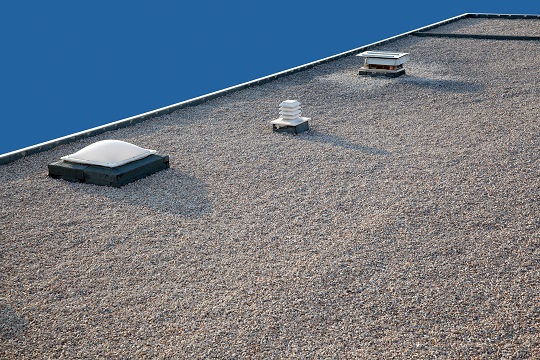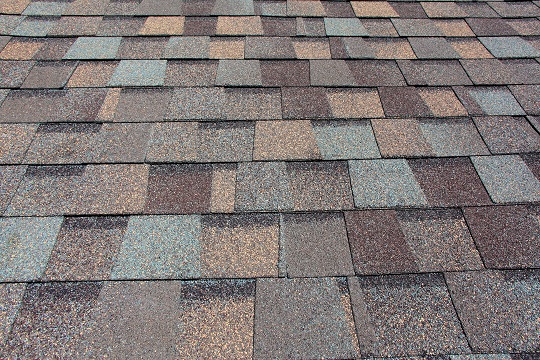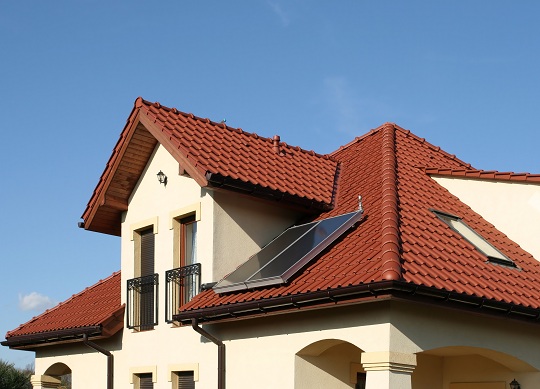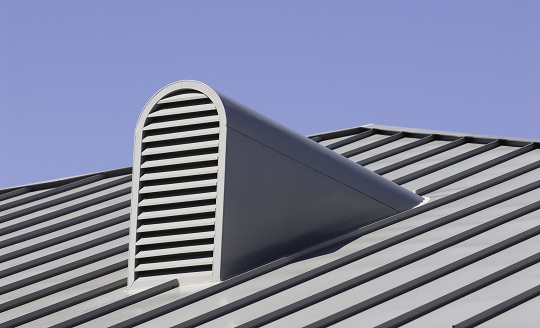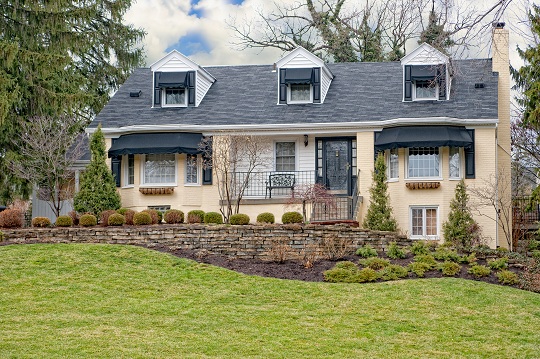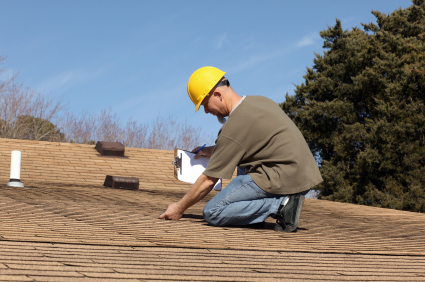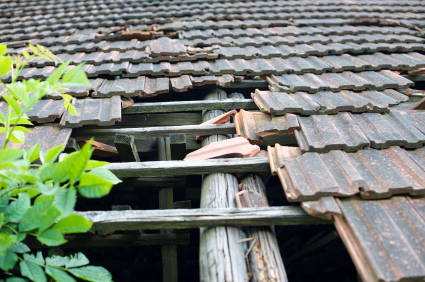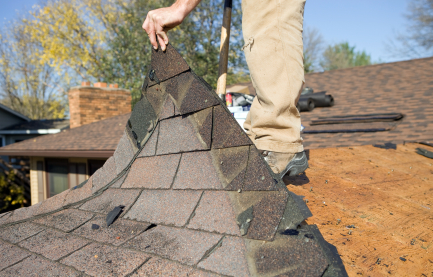A flat roof has its advantages – they offer more stability and surface than do slanted roofs – but flat roofs also have their disadvantages. Flat roofs are prone to water damage and need to be re-coated and sealed every couple of years to prevent leaks. If not properly maintained, a flat roof can sprout leaks and replacement costs may be much higher than maintenance costs. Any issues you may have with flat roof water drainage can be handled if you maintain the roof properly and utilize the right tools.
Flat Roof Water Drainage
There are a few flat roof water drainage solutions that can help you avoid structural damage and leaks to your roof.
– Scupper drains are an inexpensive drainage solution designed to provide efficient drainage by guiding water that would otherwise gather, towards the water downspout. Although this is a fairly simple system, a licensed plumber should install the scupper drains to ensure its effectiveness.
– An internal drain is an alternative option if you’re not looking to spend too much money. These can be combined with an existing home drain system to ensure your flat roof is drained of water effectively. An internal drain is installed into areas where water pooling occurs and works by installing metal inserts to guide the water away from the roof. This system is slightly more complex than using scupper drains, but they are roughly as effective as each other. To be safe, a licensed plumber should install this drainage solution.
There are some other less commonly used methods as well like using drainage helpers, true-sloped isulation, and step-sloped insulation. These methods generally require more steps and more money, so it is best to stick with the first two methods.
Flat roof water drainage can be successfully done if you utilize the right methods. Having a system of drains and gutters allows the water to flow to the ground while preventing damage to your roof. If you have a flat roof and want to avoid paying expensive replacement fees, get your roof inspected today.
Additional Help
Using these flat roof drainage solutions, you can avoid running into problems that can cause damage to your roof. If you are looking for a professional plumber to install these drains, or you would like a consultation from a roofer, consider using TalkLocal. TalkLocal is a free service that will connect you with top-quality, reputable roofing contractors in your neighborhood within minutes. Just enter in your specific problem, location and availability, and up to three companies will call YOU directly, saving you the time and stress of finding one yourself.

